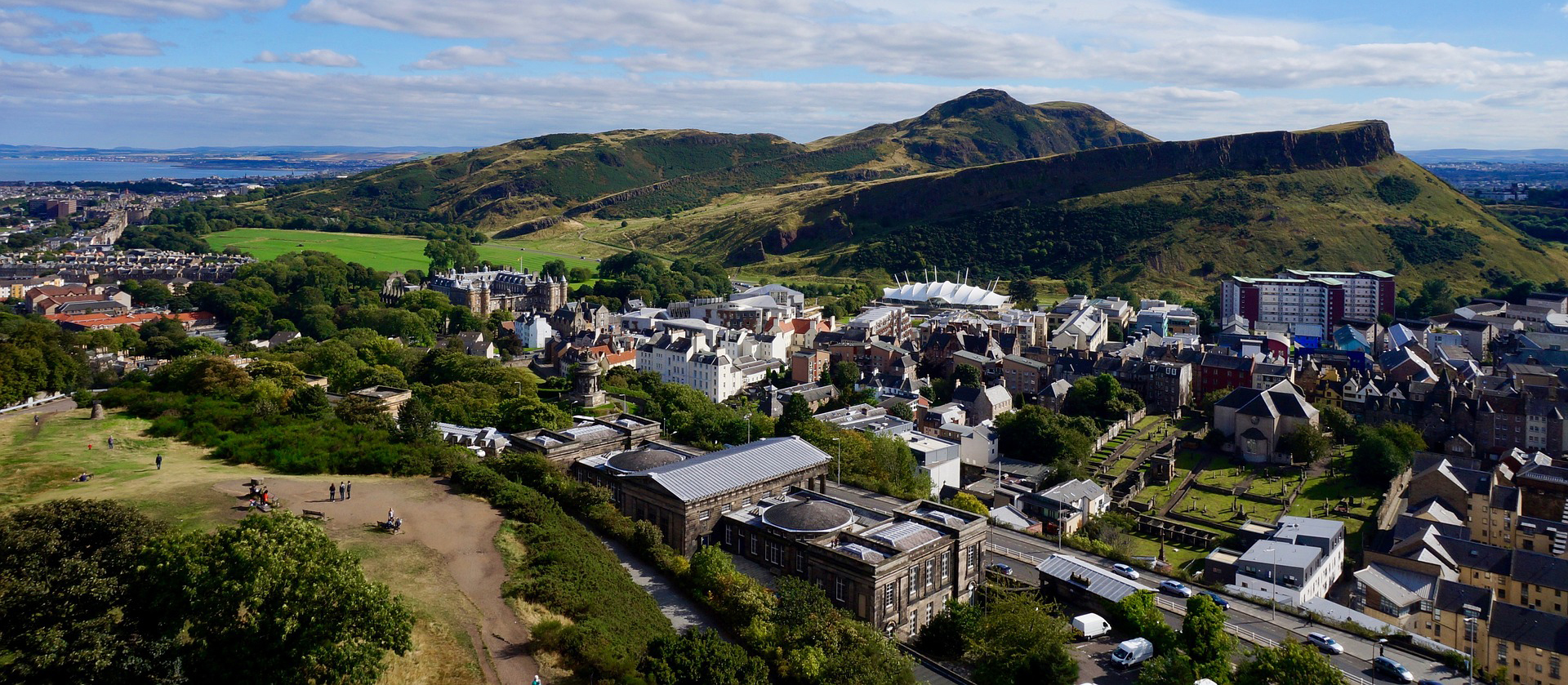
Urban Resilience and Risk Reduction for the 21st Century
August 8, 2016 — Blog
My training in political science and experience in development taught me to avoid making predictions. But there is one prediction I feel secure making: in the very near future, cities will become equally or more important than the classically defined ‘state.’ By mid-century, cities will rise to the level of primary economic, labor, political, educational and cultural actors, whose influence will potentially force us to redefine and transform long-held and antiquated concepts of human dwelling, forms of social organization, foreign policy, land use, energy and environmental stress, and civic engagement. In short, cities are the future and we need to be prepared.
According to the United Nations and most other observers of urbanization, humanity is currently undergoing a rapid shift not seen since the 19th century: by 2050, approximately seven of ten humans will live in an urban center. This is both a challenge and great opportunity. Any way we look at it, the city is rising to prominence and transforming our lives – rapidly. Hence, it is imperative to begin to address mechanisms of creating urban centers that are equitable, sustainable and resilient enough to bend with future man-made and natural challenges, without breaking.
UN-Habitat’s World Cities Report 2016 predicts that in the coming boom in urban growth, some 3 billion new residents will inhabit cities by mid-century. Today’s cities already contribute up to 70% of the world’s total greenhouse gas (GHG) emissions and consume over 75% of total energy generated (1). While mega-cities, like Mexico City, New Delhi, New York, Tokyo, Beijing and Cairo capture much of the academic, philanthropic and development focus, urban growth is predicted to increase considerably in the number of small- and mid-sized cities, which account for nearly 60% of the world’s city dwellers (2). Across the diverse landscape, smaller, regional urban centers to large, expansive mega-cities will experience tremendous growth in the coming four decades.
The conditions under which urban growth is taking place are complex, constantly shifting and challenging. Firstly, urbanization is inherently linked to three key terms, which generally constitute the definition of urban risk: vulnerability, hazard and exposure. The majority of rapidly growing cities are located on some body of water. While once considered essential for economic and commercial growth, the movement of peoples and ideas and human sustenance, water and sea-level rise are a 21st century hazard that can cause measurable disruptions. This can happen at the level of catastrophe, but also at the costly, and increasingly more common small-scale level.
Secondly, the projected rapid growth of cities will be linked to economic, labor and social inequities that is already leading to further marginalization and poverty. These two factors are certain to drive the future risks for cities. Marginalization increases risk, since the politically disenfranchised are less inclined or cannot make the necessary demands on municipal leaders to better ensure their livelihoods, their small businesses in the formal and informal economy, and rights to basic municipal services, such as education, public transport and health. It follows from this that poverty generates even greater exposure to hazard. As risk driver, urban poverty appears in various manifestations, ranging from topographically insecure dwellings made of poor building materials to jobs that hang by a tether – one major disruption can wipe out industries that employ much of the working poor.
Are global and municipal leaders prepared for such far-reaching transformations and new challenges? While some cities take advantage of the number of opportunities to learn and integrated risk reducing mechanisms, like the Rockefeller Foundation’s 100 Resilient Cities or the United Nations Making Cities Resilient campaign, many cities have yet to understand their risk and vulnerabilities. Today’s success cases, however, point to a growing list of scalable lessons worth adopting. One cheap and easy way of increasing urban resilience is inclusive Early Warning Systems (EWS), which integrate community needs and empower micro-level actors in information sharing and knowledge transfer. Other models look at gender-sensitive risk reduction, tapping into the wealth of knowledge about women’s roles in disaster and response. Other cities are building green infrastructure to reduce the effects of floods and urban heat, while sequestering CO2 and improving air quality. While cities are the future, the future city can be one of resilience, social equity, economic elasticity and inclusion.
While it is the “state” that negotiates, ratifies or agrees to international frameworks, agreements and guidelines on sustainable development (the UN’s Sustainable Development Goals, 2015), risk reduction (the Sendai Framework for Disaster Risk Reduction, 2015), how to finance these efforts (the Third Conference for Financing for Development, 2015) and new urban governance (UN-Habitat III / New Urban Agenda, 2016), it is increasingly visible that cities are the most responsible for implementing these mechanisms. Hence, if municipalities and ever-expanding urban centers are the future incubators of both global development strategies and new modalities of urban governance, then it follows from this that mayors and city councils will be the new executing agents of development. Should this ultimately become true, then we may need to abandon our long-held ideas of urban governance and pivot to more dynamic definitions of the “city,” one that is more global, interconnected and responsible for resolving future challenges.
2. Ibid.